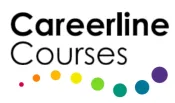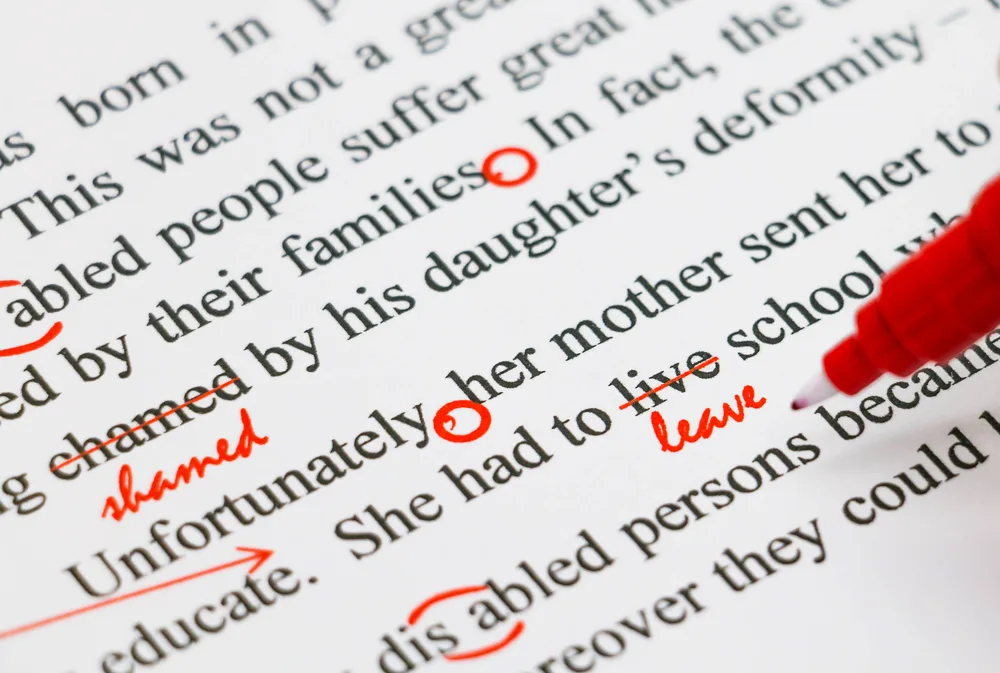Online Editing Course – Gain an solid foundation in Editing & Proofing
Editing and proofing are essential skills for anyone involved in writing or publishing, both skills are covered in this editing course.
What is Editing?
Or what is not Editing might be easier to say! Proofing involves checking for spelling, poor punctuation and any inconsistencies throughout the document. Editing on the other hand is more concerned with quality of the writing in regard to readability, correct grammar and clarity, word count. Editing occurs from first draft to final document. These two skills work together to product an accurate, well written and readable document.
- Learn to edit any type of writing: books, articles, newsletters, magazines, training courses etc
- A course for Editors, Writers, Proof Readers, anyone wanting to work in publishing.
- Start a business, find a job, or improve the skills you bring to your current editing position.
This editing course is suitable for all writers, editors and proofers, those wanting to improve their editing skills regardless of your position. If you are looking for more advanced courses or an in-depth standalone browse all our editing courses.
What will students learn?
- To gain an understanding of the role and scope of editing.
- Explain the importance of clear, effective writing, throughout all stages of the publishing process.
- Describe the procedure of manuscript assessment.
- Describe the procedures used by copy editors.
- Explain procedures used to prepare copy for printing.
- Describe the checks and procedures used in the final stages of preparing and printing publications.
Course Outline
There are 8 lessons in this course:
1. Introduction to Editing
-
- The role and scope of editing;
- what does an editor do,
- tools for editing;
- editing skills;
- what makes a good editor,
- danger signs (mistakes to avoid),
- the publishing team (the publisher, business manager, production manager, designer, marketing staff),
- the production process,
- the production schedule.
2. The Mechanics of Clear Writing
-
- Spelling,
- punctuation,
- grammar,
- language,
- style,
- tense,
- language level,
- common mistakes,
- style errors,
- improving clarity and conciseness.
3. Assessing Manuscripts
-
- The readers report,
- reviewing a manuscript (structure, punctuation, accuracy, illustration, other improvements),
- authors responsibilities,
- nature of a manuscript,
- libel, slander, deformation,
- what an editor should look for.
4. Copy Editing I
-
- What the copy editor does;
- basics of copy editing,
- the procedure (check manuscript, read, edit text, edit other components);
- style sheets,
- house style,
- introduction to mark up,
- marking up copy.
5. Copy Editing II
-
- Marking up;
- parts of a publication (preliminary pages, text, end matter);
- editing non-text material;
- illustrations
6. Preparing Copy for Printing
-
- Type design and page layout;
- type size,
- type face,
- line spacing,
- line length,
- justification,
- indentation,
- widows and orphans,
- running heads and feet,
- folios,
- headings;
- proof stages:
- galley proofs,
- page proofs
7. Proof Reading
-
- Proof readers role,
- procedure for checking galley proofs,
- proof reading tips,
- revised galley proofs,
8. The Final Stages
-
- Indexes,
- preparing an index;
- blurbs;
- checking final proofs,
- bromides,
- dyelines, etc.

